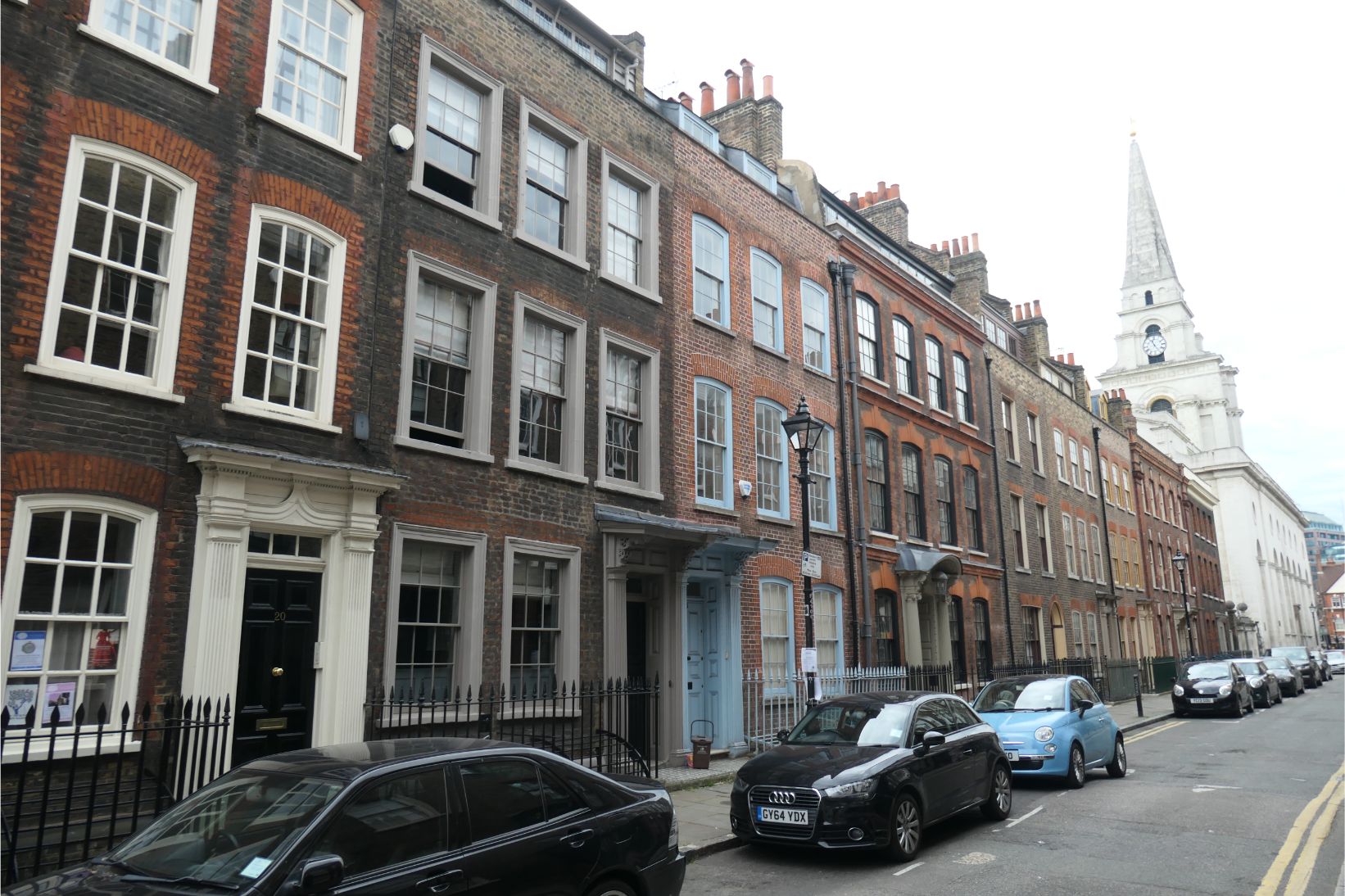
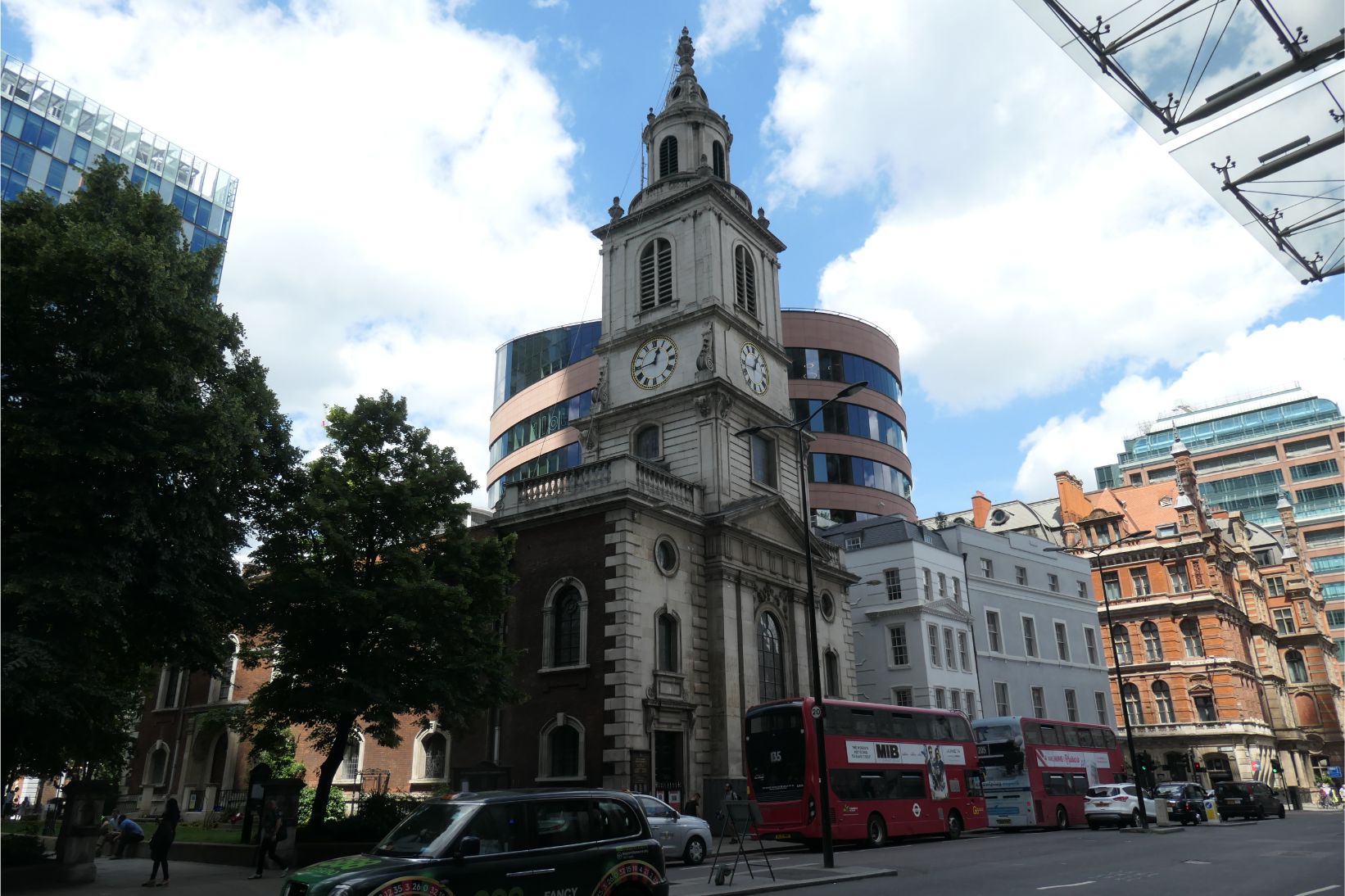





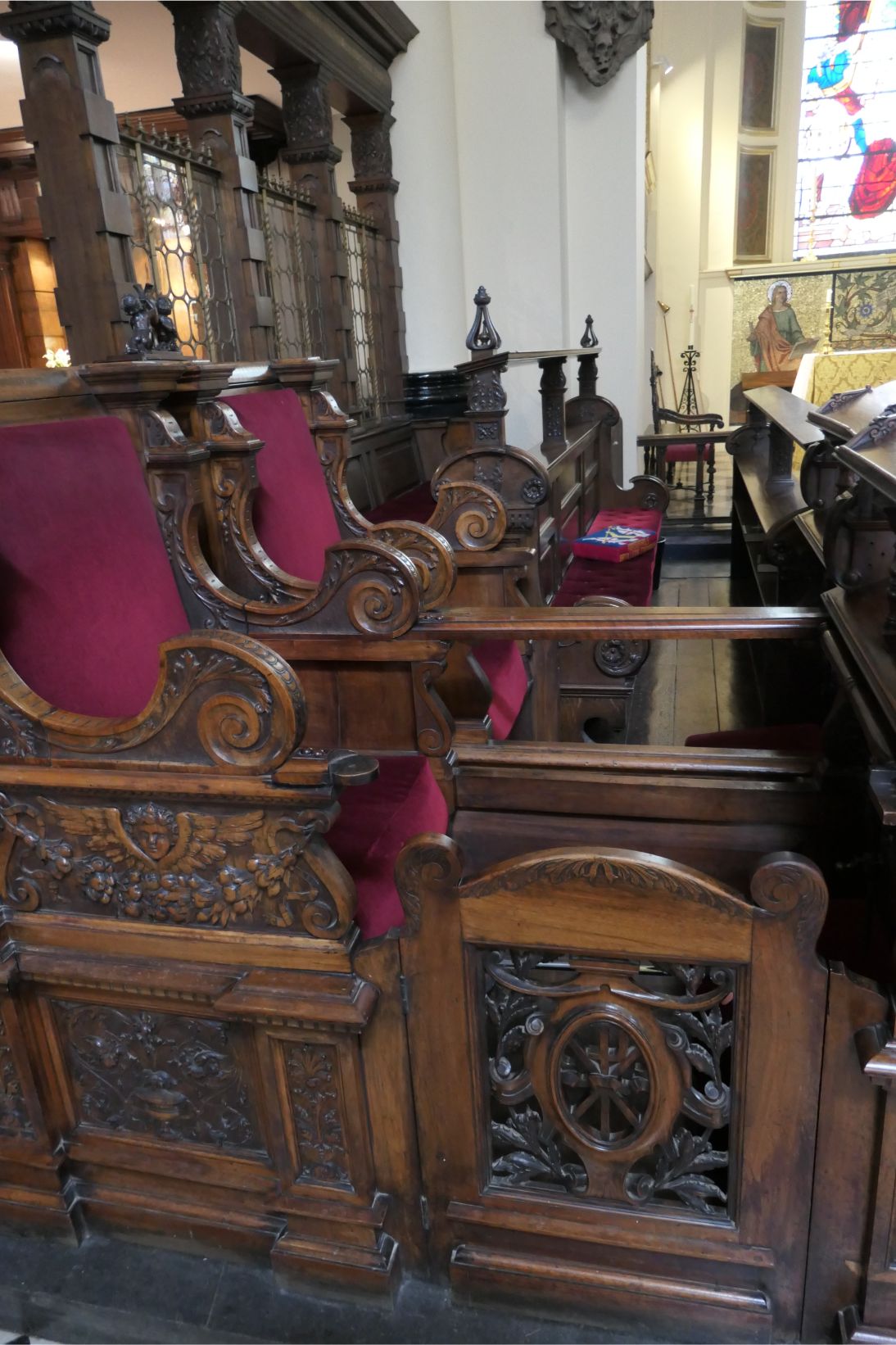

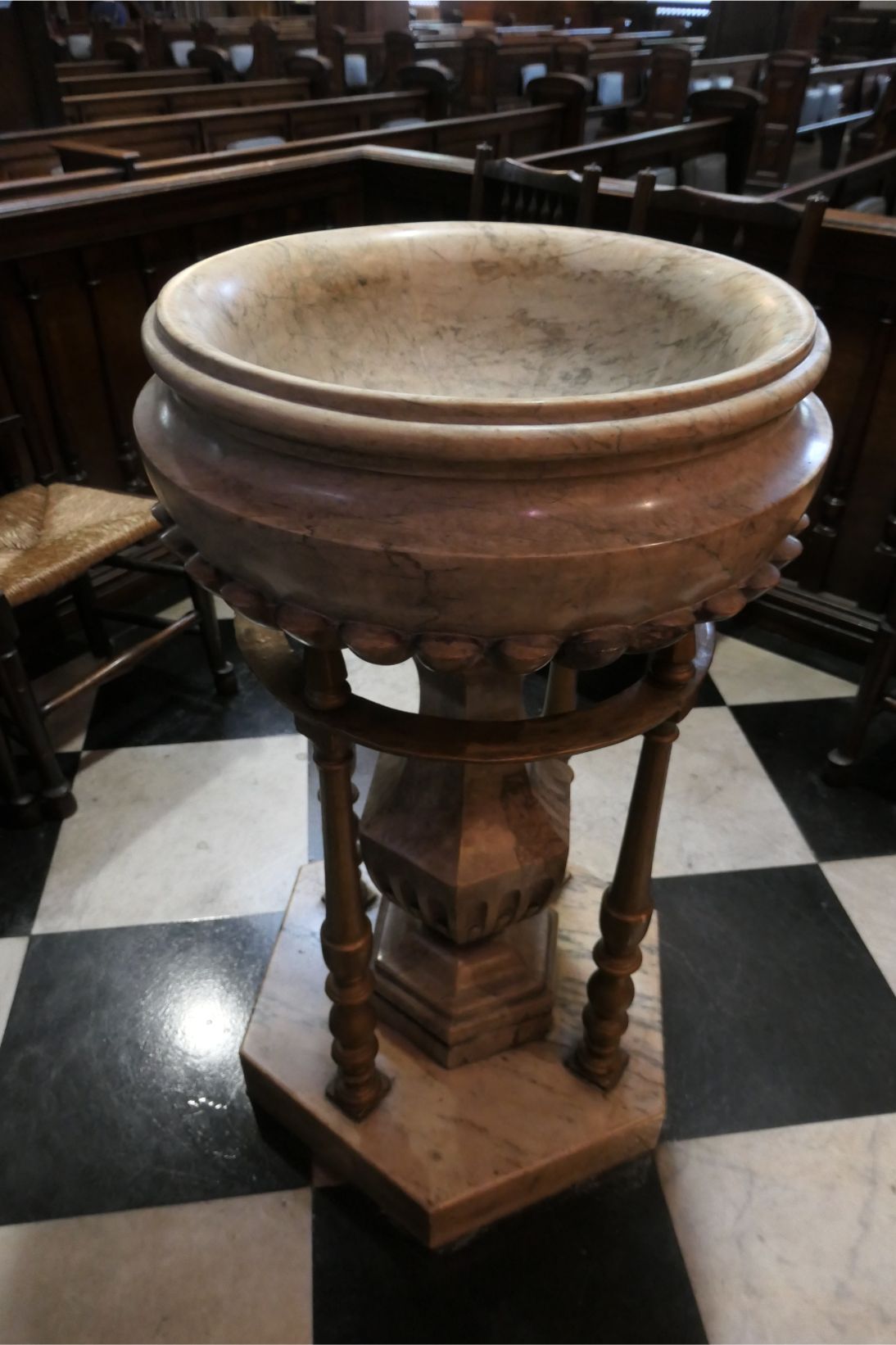



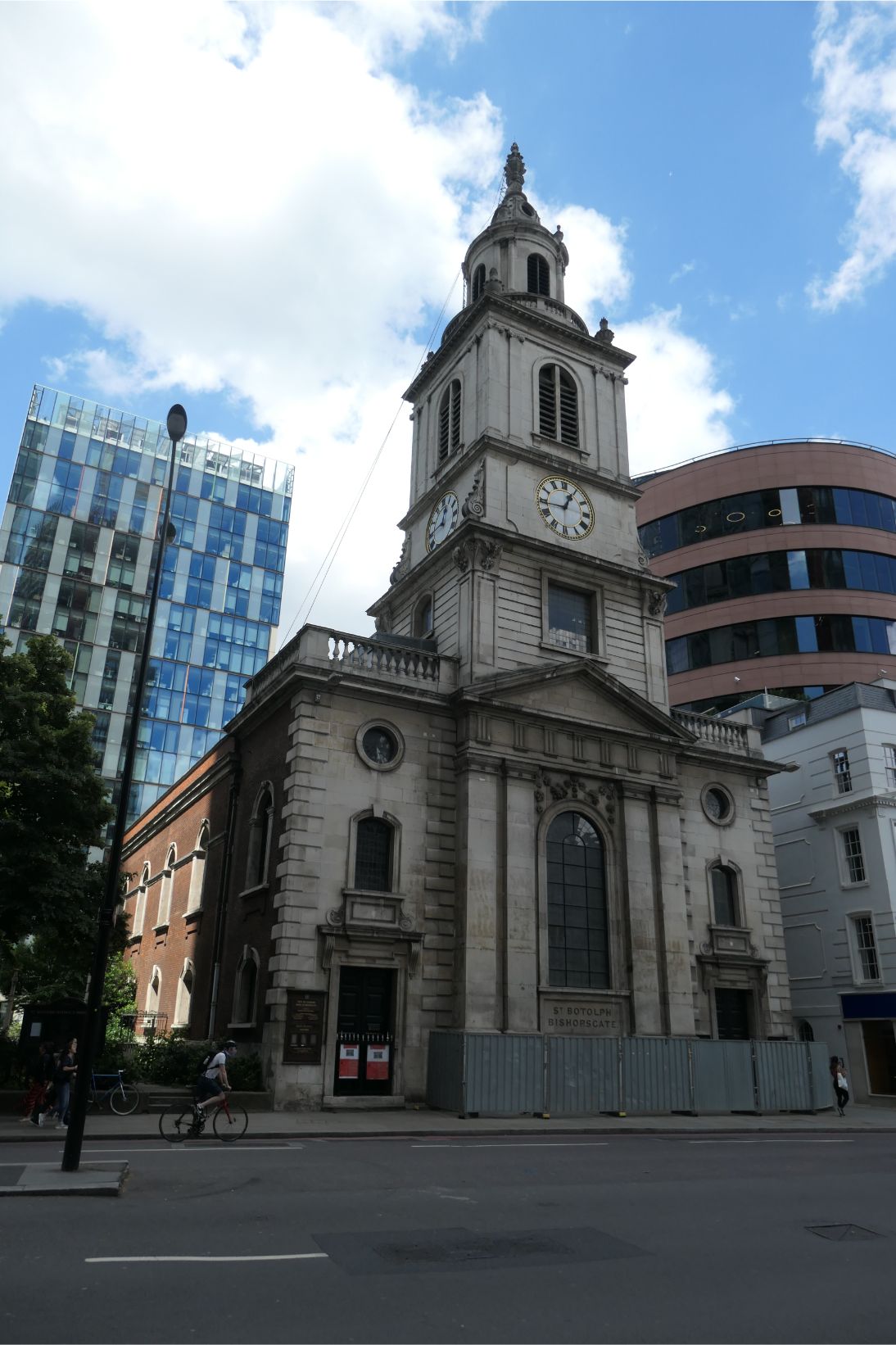
I’ve been fascinated by the story of my great great grandfather, George Chapman Sr, and his son, George Chapman Jr, for some time now. George Sr lived with his wife Sarah, their children, and her parents in Primrose St, where the Liverpool Street Station railyards can be found today. George Sr was a ‘Professor of Music’ according to the 1851 London Census, yet he lived in a part of London that was known for its poverty and hardship. In 1852, George Sr left Sarah and some of their children back in East London, and brought young George Jr to start a new life in Melbourne, just a short time after the Victorian gold rush began. About eighteen months later, Sarah and those of her children who had stayed behind joined George Sr in Melbourne. Over the next forty years, George Sr became a man of note in the colony. He owned a successful music warehouse, was the conductor of Chapman’s Band (perhaps the most prominent of Melbourne’s bands of the Victorian era), published sheet music, wrote polkas, repaired instruments and gave music tuition.
So the question that perplexes me most is, why did he leave East London, especially when his wife and some of his children remained behind, and come to Melbourne? It couldn’t have been gold fever, because he never went to the diggings. Was it because he was escaping poverty? Perhaps, but I would have thought a professor of music would earn a relatively comfortable wage. Or was it because East London was a foul, unhygienic place to live? The Thames was apparently filthy with effluent from factories and cesspits, open drains ran through the town, drinking water from the wells was contaminated, and piles of rubbish and waste products lay rotting in the streets. Cholera and other diseases spread quickly and claimed many lives. George Sr and Sarah had already lost two children in infancy. Did he sail to Australia seeking a healthier climate in which to raise his family? And, satisfied that he had found it, did he then send word to Sarah to bring the children out to join him?
Whatever reason brought George Sr and George Jr to Melbourne, the fact is that they never returned to London to live, although George Sr did make some instrument-buying journeys back to Europe when his music warehouse became a success. Today, Marg and I were able to step inside the parish church at St Botolph Without Bishopsgate (its unusual name indicates that is was located outside (without) the Bishops Gate, which was one of the main entrances to the walled city of London), where George Sr and Sarah brought George Jr to be baptised on October 28, 1849. Maybe I was the first of George Jr’s descendants to return to this place where a part of his story began almost 170 years ago. Of course I never knew George Jr, my great grandfather, as he died in 1924, but I did know his much younger wife, my great grandmother Ada, who died in 1962 when I was eight years old and she was in her 90s.
Marg and I spent about twenty minutes inside the church. We lit some candles and left a donation for the church’s upkeep. When we left, I felt that a mission I’d had for some time had finally been accomplished. I feel I know just a little bit more about where I came from than I did before I came on this trip. And I’m really happy to have that knowledge.
The first of the photos above is of the weavers’ houses along Wilkes and Princelet Streets. They were originally the homes of Huguenots escaping religious persecution who established some of the finest businesses producing woven fabric in East London.

Great family story Gaz. Fancy being able to explore the area where it came from.
LikeLiked by 1 person